
What is it? Turn-based tactics against a tide of fishmen.
Expect to pay $40/£36
Developer Snapshot Games
Publisher Snapshot Games
Reviewed on Intel Core i5-3330, GeForce GTX 1070 Ti, 8GB RAM
Multiplayer? None
Link Official site
A terrible virus has overtaken mankind: the Pandoravirus—an alien threat that’s mutating and twisting our world into one controlled by swarms of hybrid creatures emerging from the seas. Society has collapsed, as have society’s saviors, and new social movements have risen. A few rogue military operatives seek to revive an old initiative dedicated to securing mankind’s future. It will not be easy: Phoenix Point chooses strategic complexity over tactical simplicity, simulation over abstract gamification.
In this, Phoenix Point is very much a successor to the original X-COM series, which makes sense as it’s designed by X-COM creator Julian Gollop. In terms of core design, turn-based tactics games don’t get much better than Phoenix Point. To my disappointment, its systemic success is marred by copious bugs and poor AI.
It’s still heavily influenced by recent turn-based games. The design language of the interface will be very familiar to anyone who played a game released since Firaxis’ XCOM or XCOM 2. Otherwise, Phoenix Point strikes off on its own path. It’s a world of weird fiction monsters, heroic sci-fi soldiers, and the body horror they share. It has some wonderful visual design and a well-established, consistent aesthetic that makes for a creepy and atmospheric ride. It’s never quite clear where the worldbuilding is taking you next—and it goes to some wonderfully weird places.
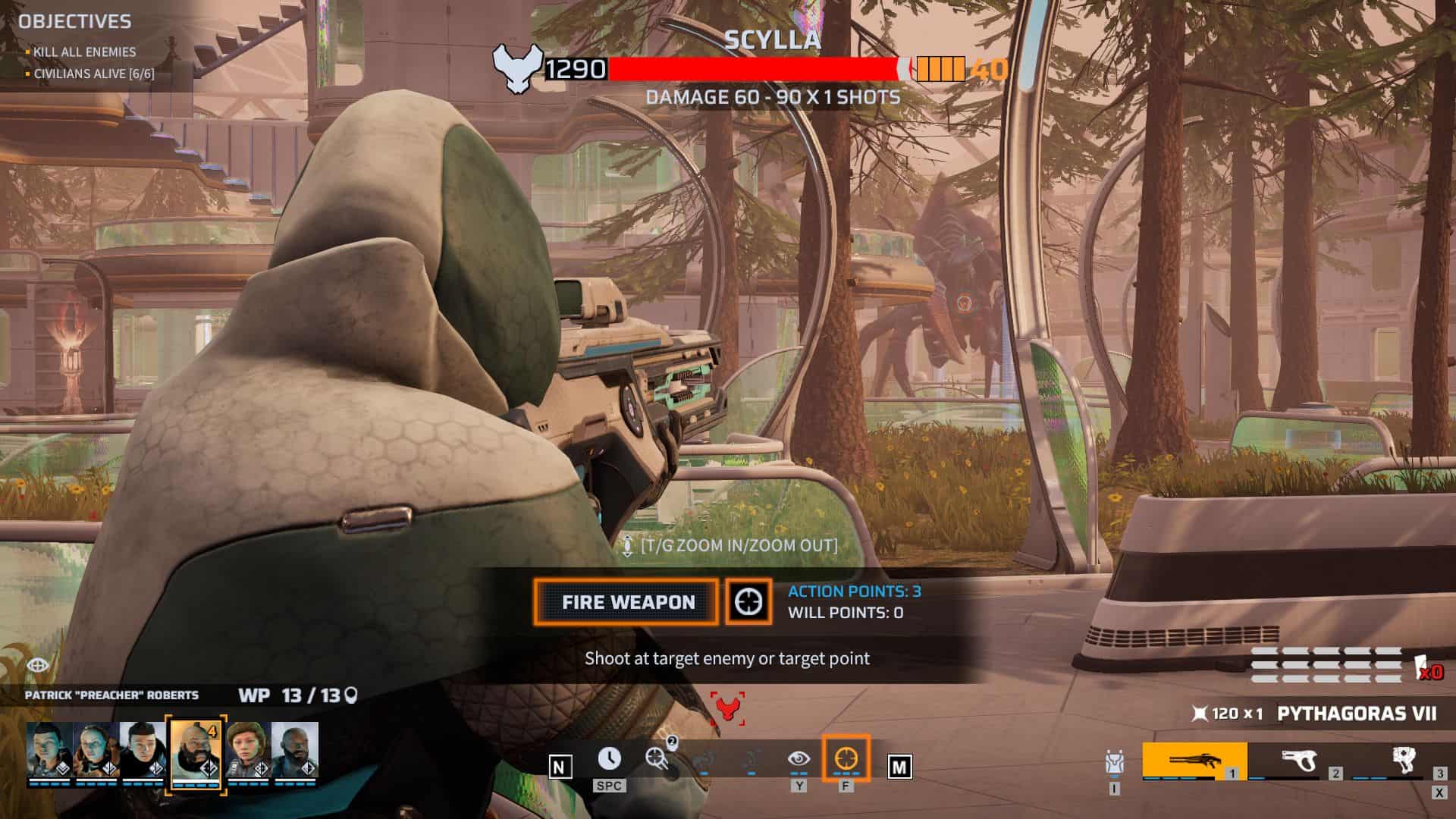
The sound design and music, on the other hand, are bad. They actively undercut everything the graphics accomplish. Some of the soldiers and monsters’ voice lines sound like they were recorded inside a tin can. The biggest, meanest alien beastie sounds like a twelve-year-old imitating a tyrannosaurus rex. The music behind it all alternates between annoyingly shrill and forgettable.
But most of the time I didn’t care at all. Phoenix Point’s campaign does fascinating things, centering core tensions you can never easily solve. Beginning with an aircraft and a handful of soldiers at a single remote base, you uncover the landscape of the ruined world and take on its problems. Exploring is key, as you need to quickly find and reactivate old Phoenix Project bases to expand your capabilities—as well as take on missions and unearth caches of vital supplies. As you stretch out you encounter factions of people divided into Havens, fortified settlements of a few thousand. You quickly realize that over 99% of Earth’s human population is gone. Now mists are rising from the oceans to claim the rest.
To save them you’ll have to pick sides. A few neutral Havens aside, the three human factions generally hate each other. New Jericho’s billionaire leader wants to cleanse the world with fire. The Disciples of Anu worship mutation and want to leave humanity behind. Synedrion can’t decide if they’re an autonomous collective or an anarcho-syndicalist commune. Each group has novel ways of fighting the enemy, so allying with one over another earns you unique technology. This alienates the others. Despite the extinction-level threat, the three factions are in fact so absurdly petty as to dislike that you’ve saved a few thousand of the others.
That’s probably fine, because the tension on the strategic level is absolutely electric. You’re always strapped for resources, deciding whether to send out an exploration team or hold them back to defend threatened Havens. It’s a series of ever-more-vicious choices, where expanding your own capabilities in the long term means deciding that Havens will fall in the short term. Eventually you’re fielding dozens of soldiers across several teams, but you’ve expanded the scope of your operations to cover the globe and it’s never enough.
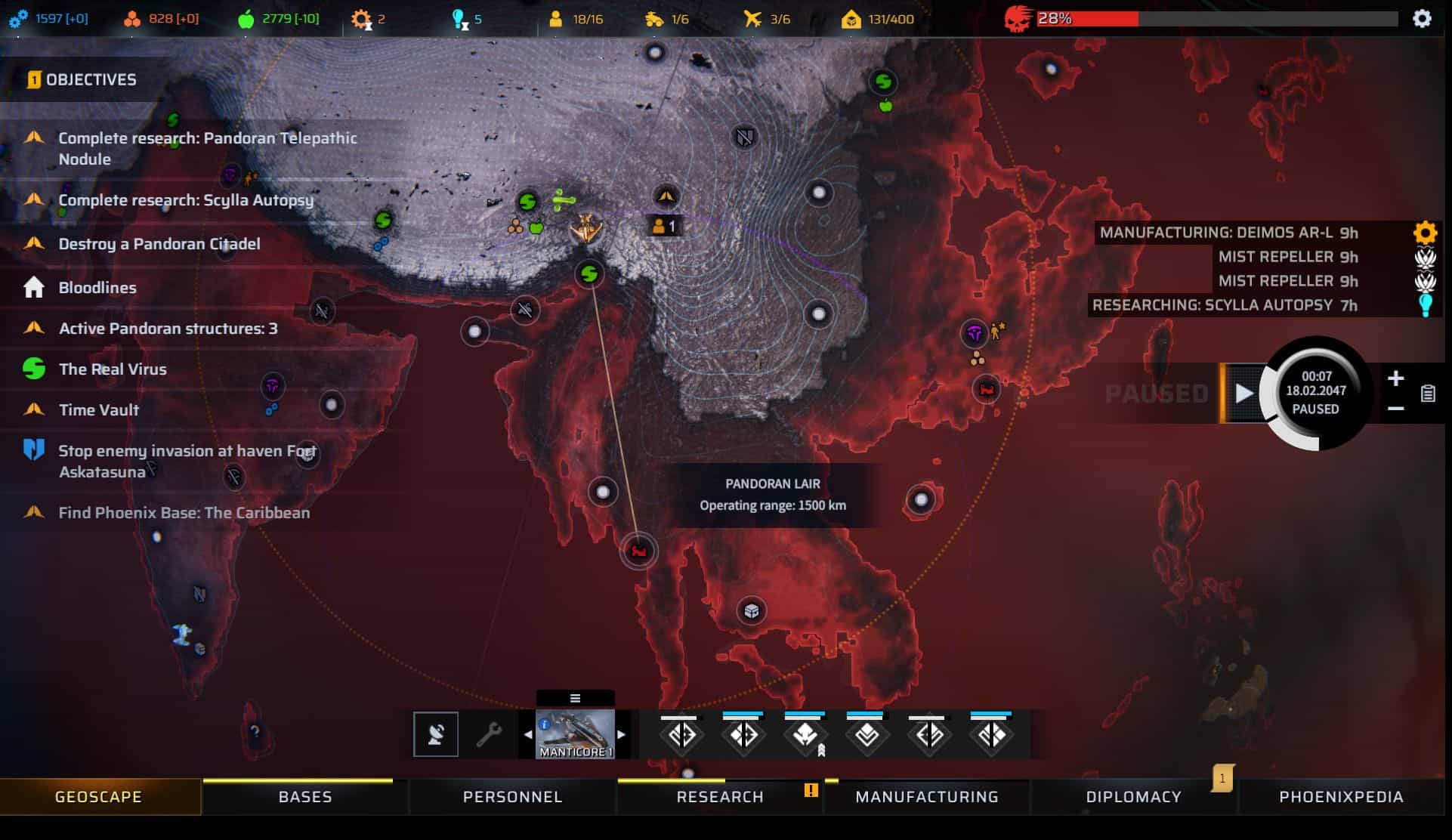
Despite this frantic action, the overall path of the campaign is meandering. Figuring out how to progress takes a lot of swinging in the dark hoping some strategy you try is the one that lands. That’s a slog in the mid-section of the campaign as you grind through similar missions looking for direction. It feels bad to need to have played a campaign to understand how to play the campaign.
It feels bad to need to have played a campaign to understand how to play the campaign.
But the tactical battles only lag through pure repetition, not out of a lack of interesting toys to play with. There are six classes, each with unique abilities and equipment. Each soldier also has three statistics: Strength for HP and inventory, Speed for movement, and Willpower for morale. Stats and powers are simple, but spending points to advance is rife with hard decisions. Conversely, new weapons and equipment are often measured tradeoffs rather than obvious upgrades.
These tradeoffs play into the strategy you develop around your forces. Phoenix Point’s tactical combat is about simulated bullets, hundreds of hit points, hit locations, overlapping fields of fire, and careful movement. A solid strategy going into the fight will always prove better than tactics turn-by-turn… mostly. The balance isn’t entirely there. Willpower is spent to use abilities, a frustrating impetus to not use your cool tricks lest your team collapse into a spiral of panicking soldiers. Unless, of course, you can find a way to spend all your willpower that leaves your enemies dead. Focus-fire strategies based around doing massive damage quickly can dominate, as can abusing action-free movement to zoom around.
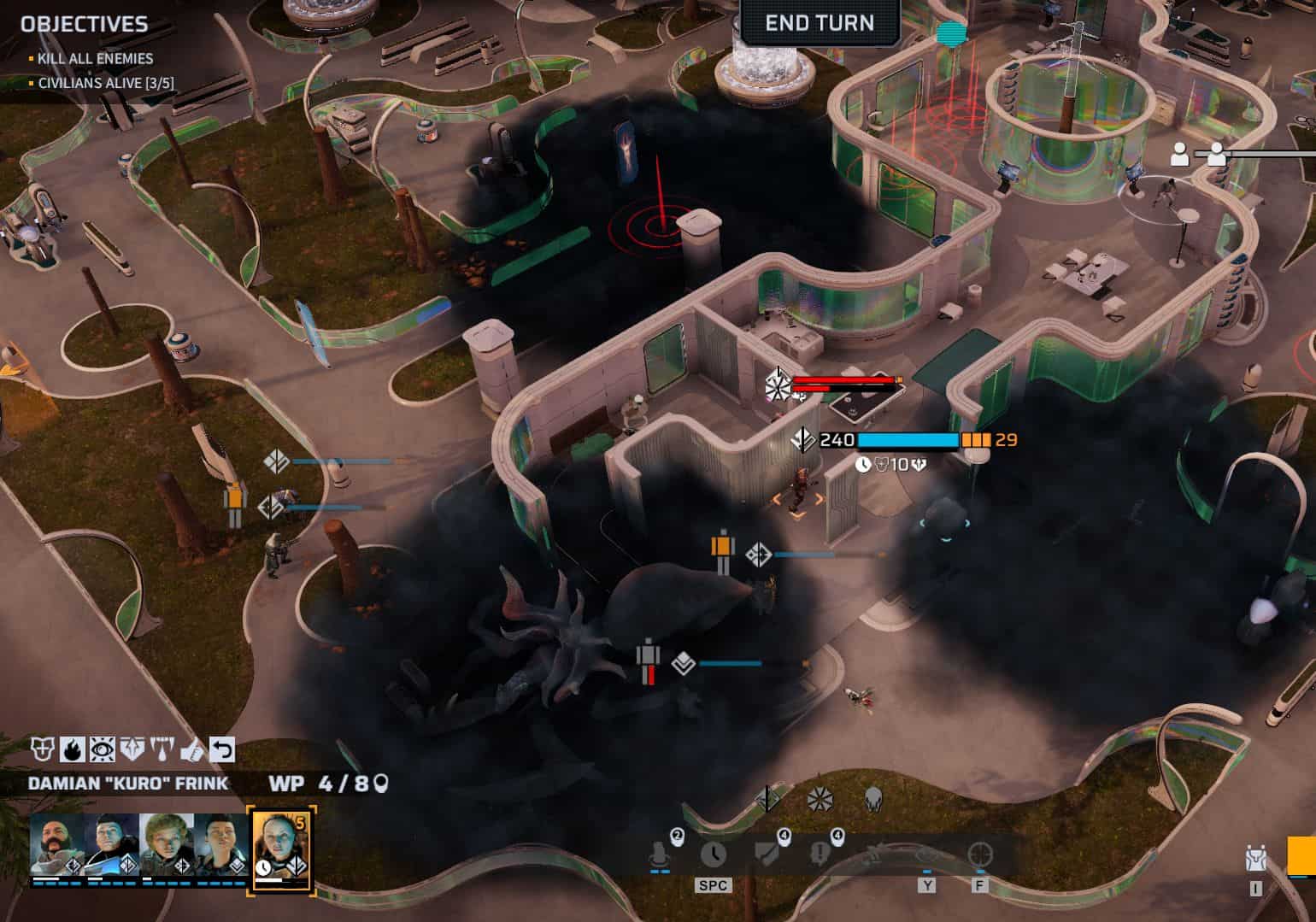
Those few abuses aside, your soldiers’ precious action points are a resource spent in miserly increments. The semi-realistic ballistic physics models each shot rather than binary hit or miss attack rolls. You can automate shooting or take direct control and aim it yourself. It seems like a gimmick from the outside, but in play it really won me over. There’s nothing quite like the feeling of shooting off an enemy’s arm so they drop their shotgun.
Physics extends to the world too. It’s all modeled with various kinds of hardness. A wall of corrugated metal won’t protect you for long, but a concrete blockhouse is a fortress. Cover is destructible, and since you can free-aim your soldiers’ weapons I found heavy cannons and machine guns very useful at times. That said, there’s no elaborate environmental destruction going on. Terrain pieces break apart, PhysX about for a moment, then vanish—nothing like some of the images on Phoenix Point’s website. You will see object hitboxes that don’t quite line up with the models, soldiers on auto-aim shooting into adjacent stair rails, and crabmen huddling behind trash cans.
There’s nothing quite like the feeling of shooting off an enemy’s arm so they drop their shotgun.
Speaking of aquatic horrors, Phoenix Point’s population of beasties is quite good—though limited. In lieu of varied enemies, the Pandoravirus instead cooks up a wide panoply of new weapons. As the campaign continues enemies get tougher and gain new abilities. Arthron crabmen start nearly unarmored but gain thick shells, grenade launchers, and poison spit. Triton fishmen are four-armed: two for carrying human weapons, two for jellyfish tentacles or bloodsucking maws. Supposedly these upgrades and evolutions are procedural, based on how you fight the enemy, but if so it wasn’t obvious. There are also human opponents from the three factions and some post-apocalypse raiders. They get upgrades as their faction researches new stuff.
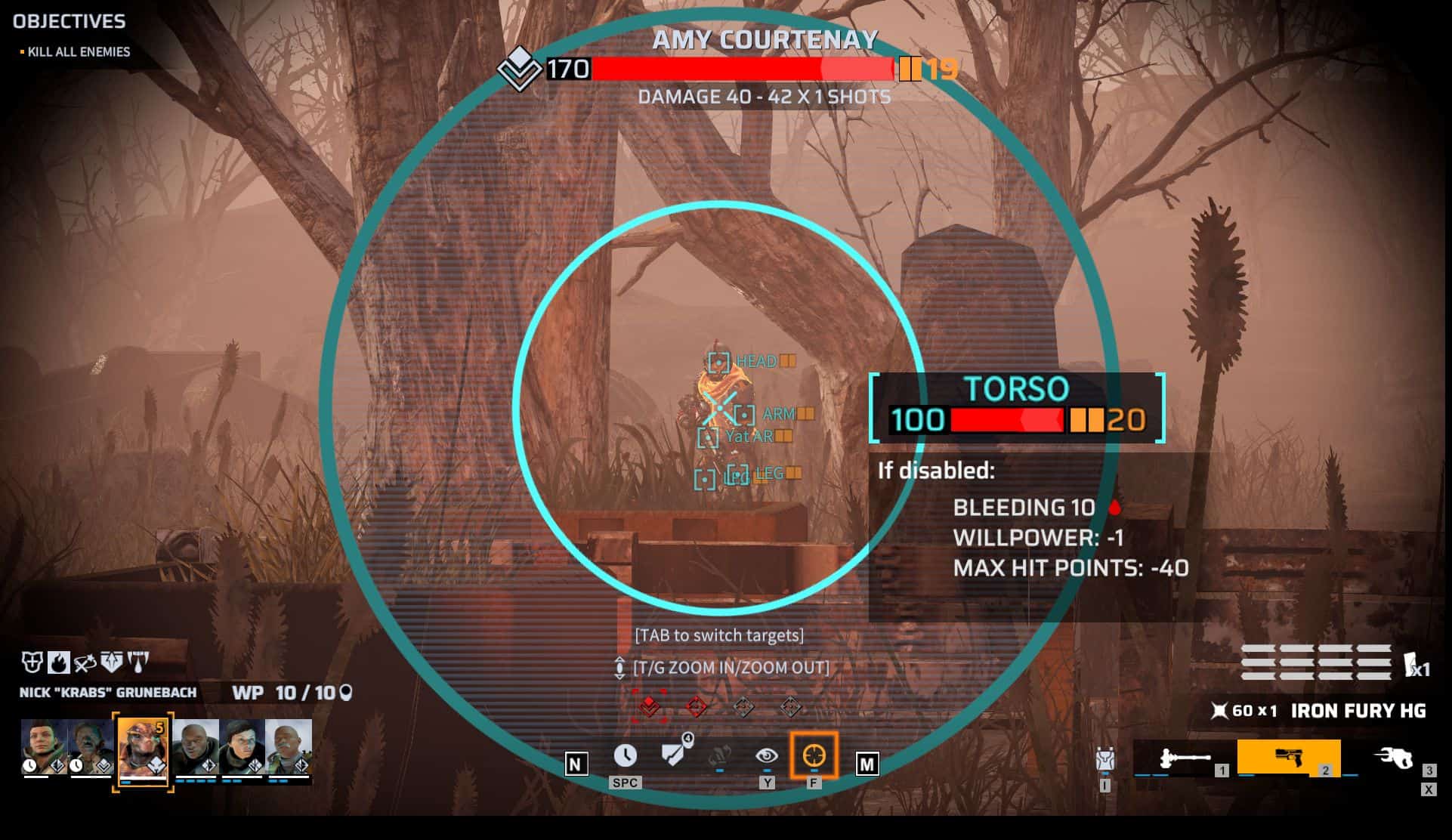
A real highlight is the minibosses, Sirens, who are both heavily armored and can mind-control. I loved every time one appeared, throwing the tactical situation into chaos as I both managed existing enemies and mitigated the new threat. The boss fights against the huge Scylla fall flat though. They should be tactically interesting, as they boast all kinds of powers, but are actually just about pouring every bullet you have into one large thing.
Undercutting all the cool design is the combat AI. It’s competent at best, but at least once a fight downright broken. It fails at simple, vital tasks like setting up effective overwatch fire—sometimes shooting directly away from you or into a wall. I once saw a fishman spend its whole turn running full tilt to the top of a three-story building. The fishman then immediately used its precious Will points to activate the dash ability, leaping off the side of the building and landing two spaces from where it started… now out of cover. Phoenix Point also hangs during enemy turns, sometimes for as much as a minute, before deciding what to do next. Twice during my play it hung and never resumed. I timed it once for 15 minutes before I closed the program.
Those two moments aside, Phoenix Point isn’t broken, just buggy. I never encountered anything game-ruining, or that wasn’t fixed with a reloaded save. It never outright crashed to desktop on me, nor did it have visual glitches. It loaded quickly enough from an SSD, but slowly from an HDD—slow enough that I did some reading. I did have problems with soldier abilities working only sometimes, with a character refusing to do anything for a turn, and once I found a dupe bug for equipment. It’s simply not for those who can’t stomach bugs that have to be fixed by reloading from saves.
Despite shortcomings, Phoenix Point won me over. In that way, it’s just like the X-COM: UFO Defense that I fell in love with years ago. It’s a bit of a mess, but it’s a mess filled with clever ideas and idiosyncratic gameplay you won’t find anywhere else. Mush X-COM: Apocalypse and XCOM: Enemy Unknown together and you get Phoenix Point. Unfortunately, someone’s put a cup of roaches into the batter too.
Read our review policy
Strategically delicious, Phoenix Point’s biggest problem is lackluster technical execution.



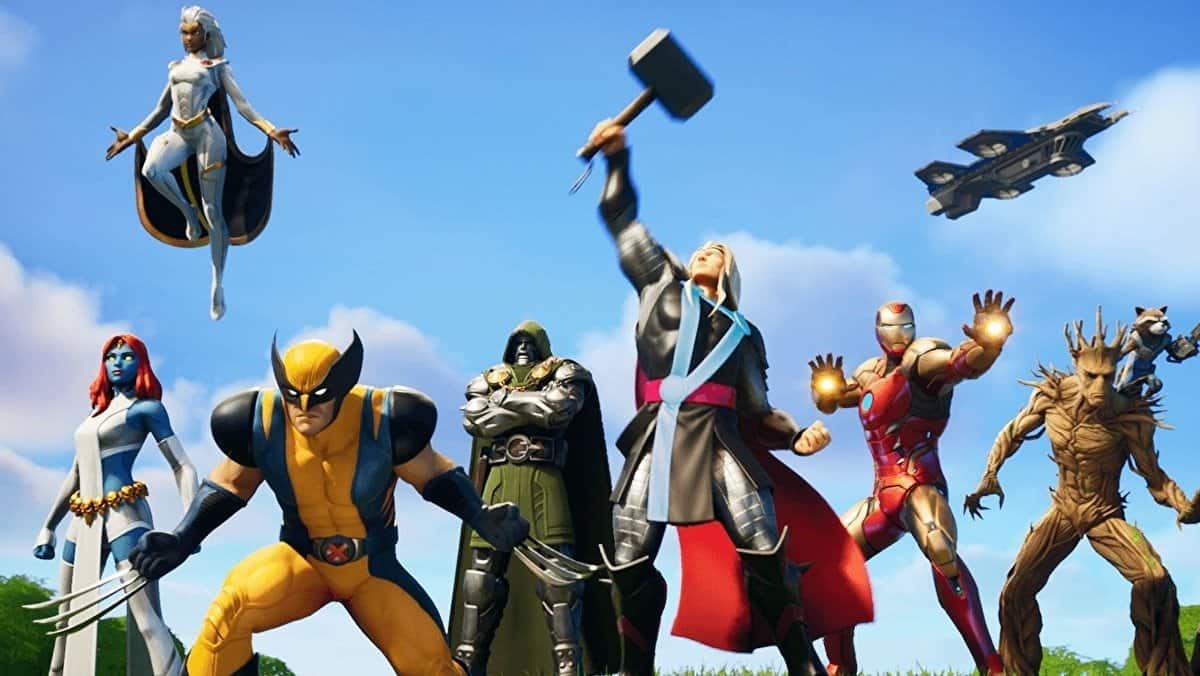

More Stories
Firefighting Simulator – The Squad review — Through the fire and the shame
Maid of Sker review — Death in the slow lane
PHOGS! review – It’s a dog-help-dog world out there